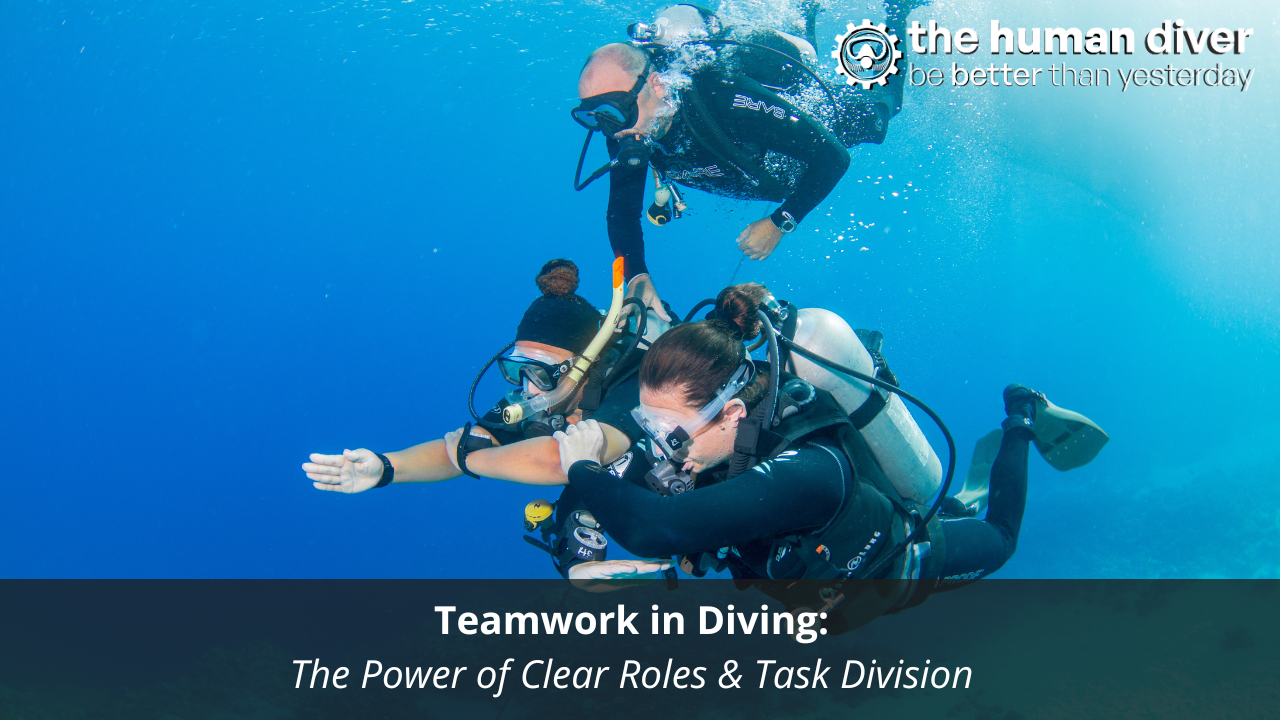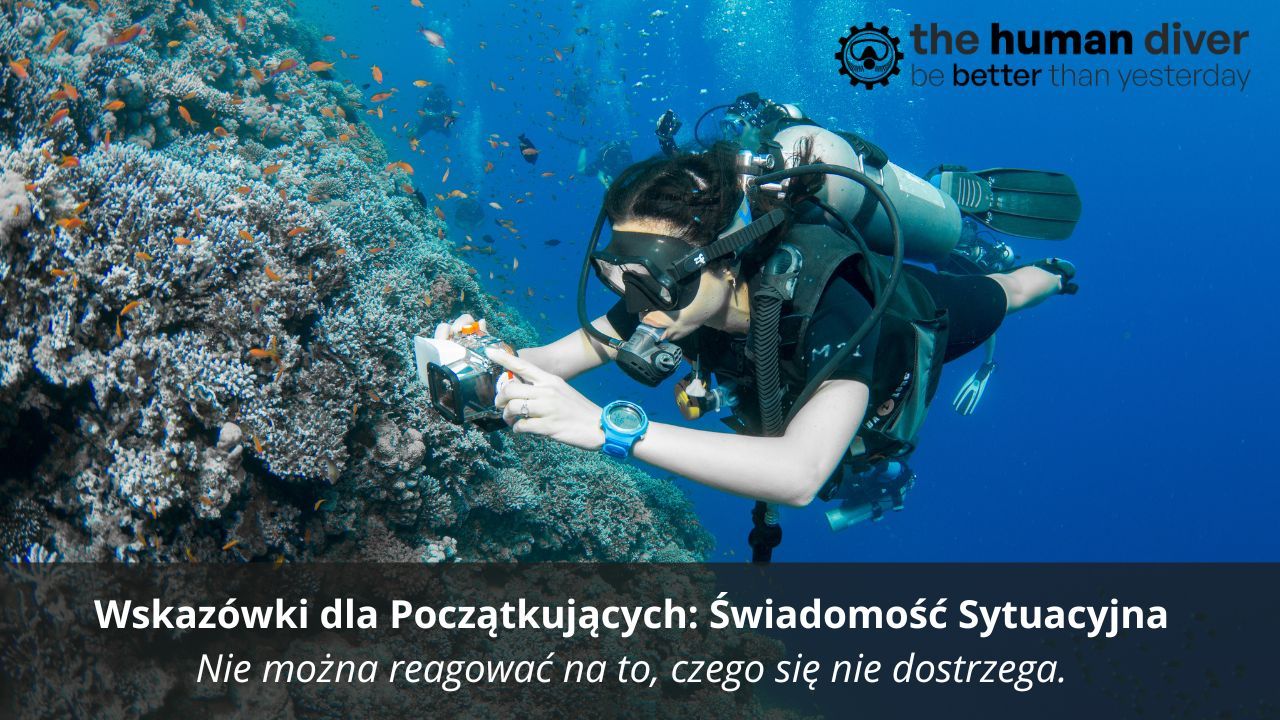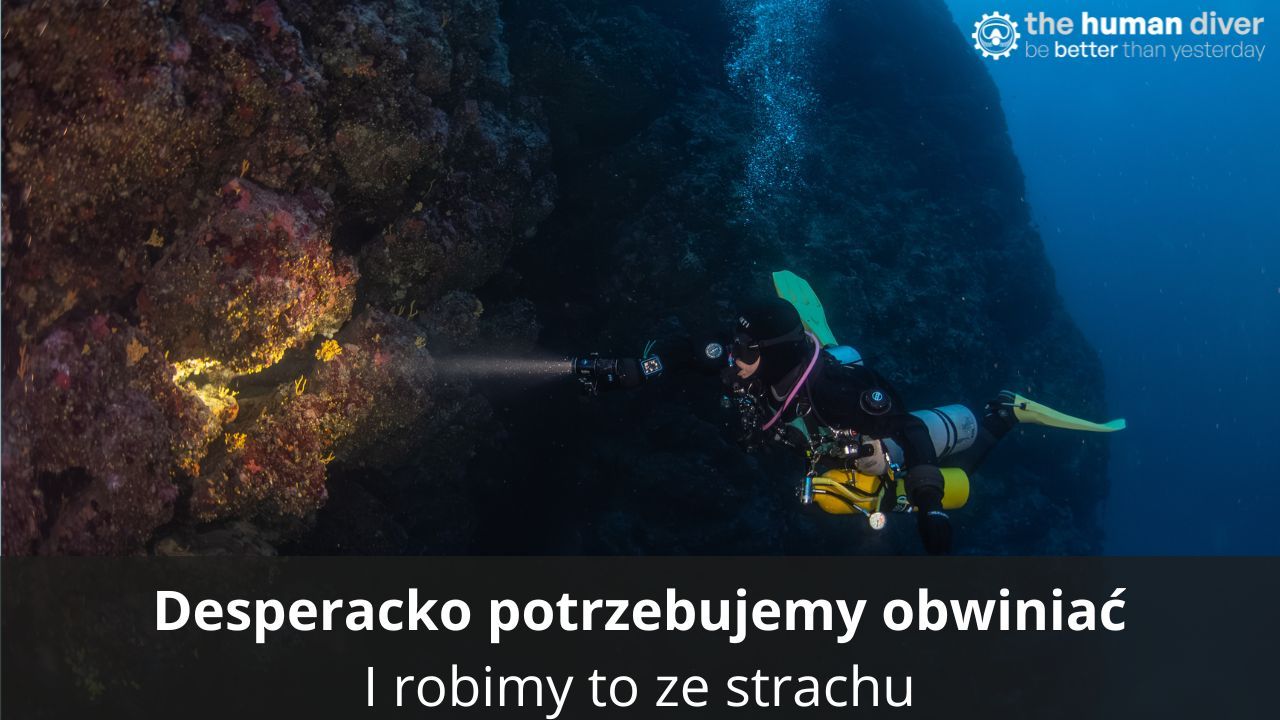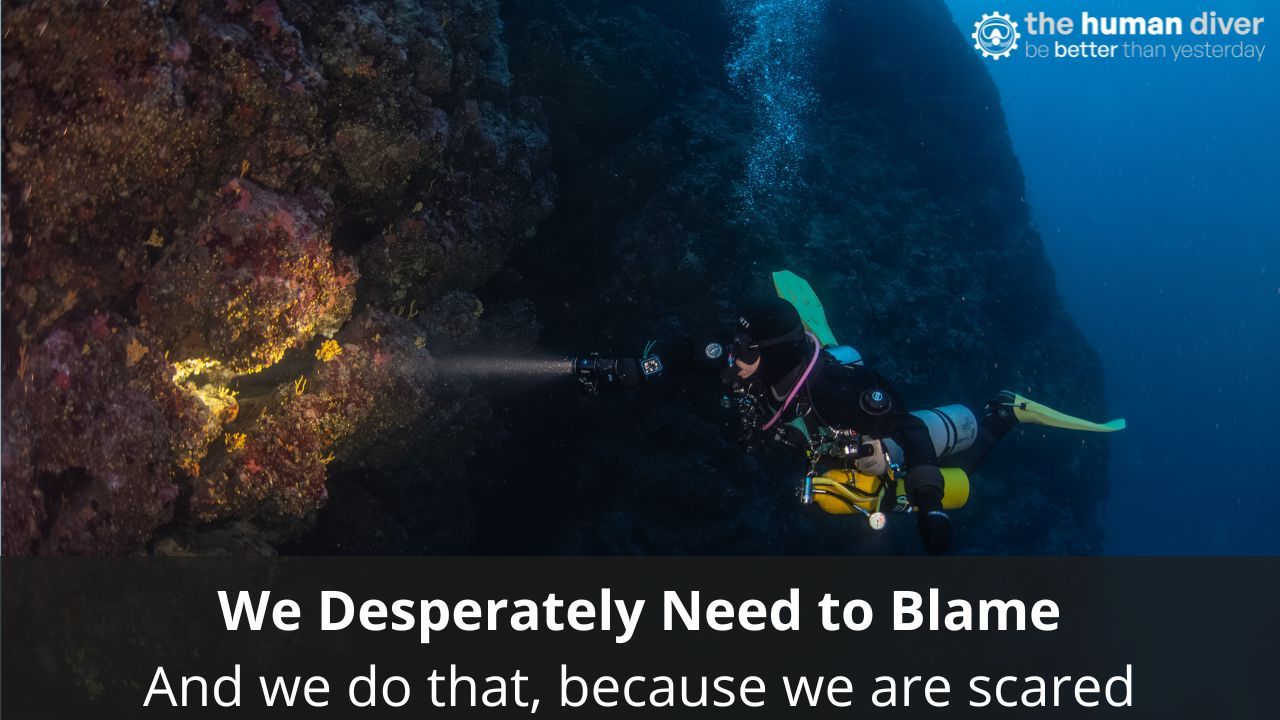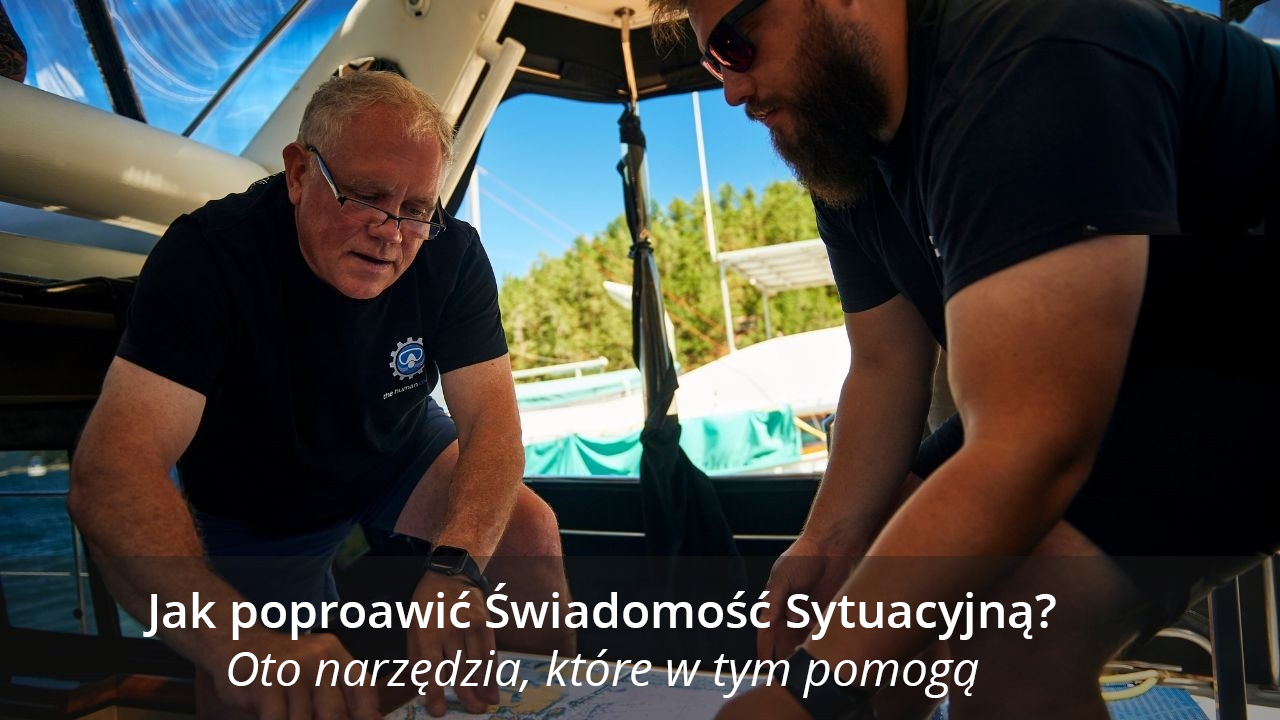
Being Understood, not just Transmitting
Mar 18, 2025In a recent Human Factors in Diving class we were on a dive where the members of the team were trying to complete a task. It was a mixed group of people, some knew each other well, others had met once or twice before and the rest were completely new to the group. It was also a mix of nationalities; some European and some from the Middle East. This had already thrown up a few challenges when people had slipped into their native language to quickly get a point across, but had not been understood by the rest who didn’t speak that language causing later problems.
During the dive the team had a limited time in which to complete the task. The (European) person who had been assigned as group leader was showing frustration in his body language and gave a sign to one of the (Middle Eastern) members. The second guy looked a little shocked but carried on with what he was doing. That clearly wasn’t the reaction the leader was hoping for.
After the dive we had a debrief. One of the main reasons for debriefing is to enable a sharing of mental models between team members. During debriefs it’s not unusual to have some say “Oh! THAT’S why you did that!” as the actions that had been clear to the participant were explained to everyone else. In this case, the second team member asked what the leader had meant by his sign. The leader said he thought it was obvious, and a universal sign; that he had meant “hurry up”. At that the second team member laughed and explained that in Arab culture that sign was a very rude sign that meant “go away” (or words to that effect!), hence his confused reaction.

The key part about communication is making sure that others understand what our message and intent are. This is not easy given everything going on in our lives. Being bombarded by emails and social media, watches and phones pinging, people vying for our attention, social or cultural pressures that make it hard to question what has been said, physical challenges e.g., being underwater... and many more.
So what can we do about this?
How much attention do you have?
This is an example of the interdependence between the non-technical skills that The Human Diver teaches. We have a finite amount of attention that we put towards an activity (we covered some of this in previous situation awareness blogs), so when we communicate, we have to tailor our message to the person or persons listening or receiving the message.
As the transmitter, I have to make sure the message comes in chunks small enough that you can process it, think about what it means, and then decide whether you want to make some notes (written comms) or ask a question about what has been said (verbal comms). The goal is understanding and action, not just transmission. If I am putting a lot of attention into an activity my ability to transmit may be decreased. The same goes if my attention is suddenly taken by something else. We’ve probably all encountered someone talking to us who tails off as a notification appears on their phone! In this case I need to reduce my mental load in order to focus on the information I am trying to transmit.

Verbal Communication.
We can break the message down during verbal communication by introducing small pauses between ideas and concepts. This allows the listener to consider the ideas and for patterns to be matched in their memories, and sense-making to happen. I know that when I am presenting and in the 'flow', this can be hard but I focus on how the messages are landing with the audience, making eye contact with numerous people around the room, and checking if they are engaged.
For a pre-dive or pre-task brief, I will focus on non-verbal communication by the team, looking for facial expressions that indicate a frown or a question brewing. Of course the same applies underwater where non-verbal communication is essential.
The more complicated the discussion or briefing, the longer the pauses. The same goes if there are significant barriers such as language, culture, authority or an inability to see each other (phone calls).
Suppose I am talking with friends or colleagues about a known topic. In that case, there will be very few pauses because we both have a large common understanding or overlap about the topic and we will make assumptions about the knowledge others have, like the layout of the wreck we're diving on, the ascent profile we will follow, or where to be for a photo shoot.
If there isn't this overlap, there will be more pauses and chunking. There isn't a hard and fast rule, it really does depend on the situation and context. Using closed-loop communications, especially open questions, to check understanding ensures that the message is correctly transmitted and understood. Underwater that means getting people to repeat signals back.
Written communication.
For written communication, we can introduce 'pauses' by breaking the flow of the written text, like the line and paragraph breaks in this blog. The use of headers signposts people to what the topic is too.
This blog could have been written as one long paragraph but I am confident you would feel 'out of breath' by the time we got to the end of the paragraph - if you even got that far!
Think about your audience. Make it land well. Make it sticky.

Jenny is a full-time technical diving instructor and safety diver. Prior to diving, she worked in outdoor education for 10 years teaching rock climbing, white water kayaking and canoeing, sailing, skiing, caving and cycling, among other sports. Her interest in team development started with outdoor education, using it as a tool to help people learn more about communication, planning and teamwork.
Since 2009 she has lived in Dahab, Egypt teaching SCUBA diving. She is now a technical instructor trainer for TDI, advanced trimix instructor, advanced mixed gas CCR diver and helitrox CCR instructor.
Jenny has supported a number of deep dives as part of H2O divers dive team and works as a dive supervisor and safety diver in the media industry.
If you'd like to deepen your diving experience, consider taking the online introduction course which will change your attitude towards diving because safety is your perception, visit the website.
Want to learn more about this article or have questions? Contact us.

